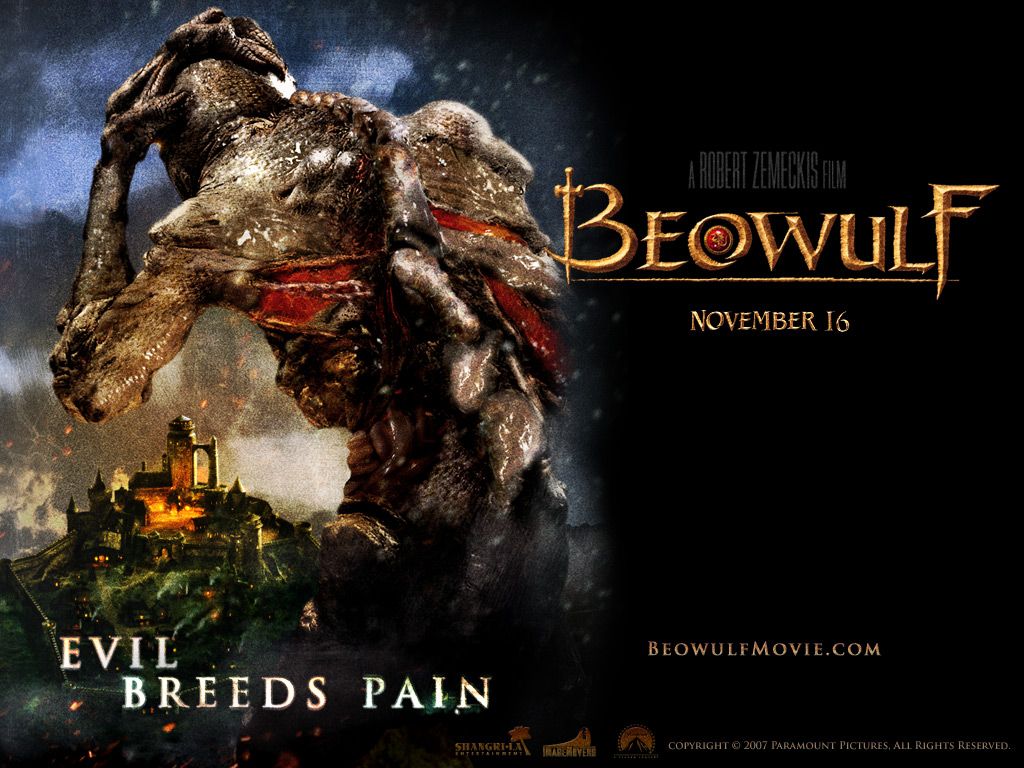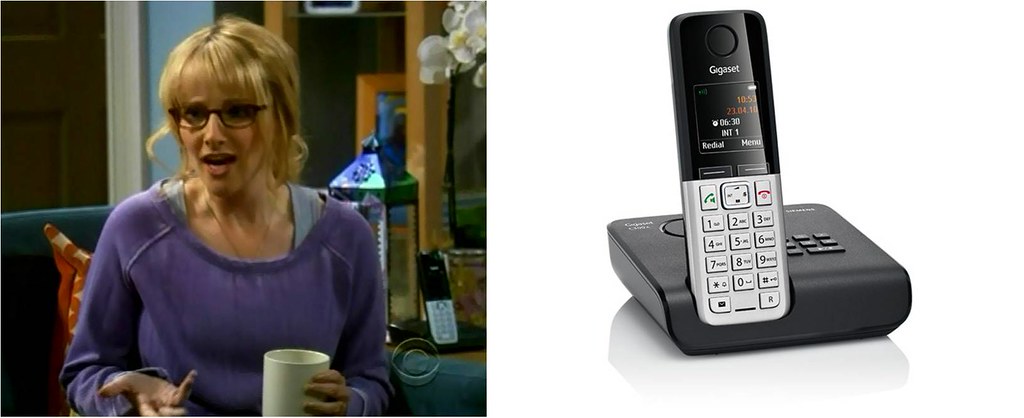
You’d think life on the set of “The Big Bang Theory” would be as chaotic and carefree as a night in Sheldon’s apartment, right? We’re talking pizza boxes on the table, arguments about Batman vs. Superman, and someone inevitably knocking three times. It truly felt like a place where brilliant misfits and lovable oddballs could just be themselves, spilling tea and debating physics without a care in the world.
But here’s the kicker: behind the scenes, things were actually far more rigid than even Sheldon’s infamous roommate agreement. For a show that celebrated quirkiness and intellectual freedom, the cast of “The Big Bang Theory” actually had to follow a surprisingly long and specific list of rules. Some of these were classic Hollywood protocols, designed to maintain continuity and ensure a smooth production, which makes sense for a show of its magnitude.
However, some of the directives were just… well, plain wild. From unexpected bans on leisure activities that could literally jeopardize the show’s future, to meticulously maintaining iconic character looks, and even navigating highly sensitive topics like on-set practical jokes and scientific jargon, portraying these beloved nerds came with a very particular rulebook. And everyone, from the main stars to the recurring cast, had to stick to it. Get ready to dive deep into the fascinating, sometimes hilarious, and occasionally shocking regulations that governed the lives of your favorite Pasadena gang.

1. **They Had To Refrain From Risky Leisure Activities**Imagine the pressure of being co-creator Chuck Lorre, with another massive hit show on his hands after “Two and a Half Men.” The success of “The Big Bang Theory” was immense, and he felt the weight of maintaining it. So, when cast members’ off-set activities started to pose a risk to the show’s production, Lorre wasn’t messing around.
This all came to a head in September 2010 with a truly terrifying incident involving Kaley Cuoco. A practiced horse competitor, Cuoco was riding at a ranch north of Los Angeles when her horse got spooked. She fell to the ground, and then, in a horrific turn of events, the horse attempted to jump over her but instead landed directly on her leg. It was an accident that could have easily ended in tragedy.
Recalling the incident in “The Big Bang Theory: The Definitive, Inside Story of the Epic Hit Series,” Lorre described it as “the darkest, most frightening time in all 12 years. Kaley could have lost her leg. It was a series of miracles that allowed us to get through that and for her to come out on the other end of that healthy.” The sheer gravity of the situation prompted Lorre to take immediate action, ensuring nothing similar would ever happen again.
Following Cuoco’s near-amputation experience, Lorre unveiled a strict new set of rules. These weren’t just whispered warnings; they were explicitly featured on the vanity card following Season 4, Episode 7 (“The Apology Insufficiency”). The card famously stated: “Following Kaley Cuoco’s horseback riding injury, I’ve instituted new rules governing acceptable leisure activities for the cast of ‘The Big Bang Theory.’ 1. No friggin’ horses. This includes those found on merry-go-rounds and in front of supermarkets.” He then went on to ban riding motorcycles and boating, among other more tongue-in-cheek prohibitions. It was a clear, humorous, yet serious message: the show’s success and cast safety came first.

2. **They Had To Sport Their Characters’ Iconic Looks**While the characters’ styles on “The Big Bang Theory” did see some subtle evolution over the show’s 12 seasons – like Bernadette ditching her form-fitting cardigans for looser button-down shirts after becoming a mother – their core aesthetics remained largely intact. And many of these iconic looks weren’t exactly a walk in the park to wear, meaning certain cast members endured restrictive clothing for over a decade for the sake of their craft.
Take Simon Helberg, for example, who brought Howard Wolowitz to life with his distinctive, often uncomfortable wardrobe. In “The Big Bang Theory: The Definitive, Inside Story of the Epic Hit Series,” Helberg hilariously recalled the ordeal of getting into Howard’s ultra-tight jeans. He often needed assistance – and a little butter on his legs – just to pull them up. Talk about dedication to your character’s fashion statement!
But the pants weren’t the only source of Helberg’s wardrobe woes. He confessed, “And then to get all those sharp belt buckles so close to so many vulnerable parts, plus the tight pants, and the pin on my turtleneck that would jam into my neck… I was always trying to get used to being smothered by my own wardrobe.” It paints a vivid picture of the physical commitment required to embody such a unique character, day in and day out.
Mayim Bialik, as Amy Farrah Fowler, also suffered through a famously bothersome wardrobe. Amy was known for her bulky, buttoned-up layers, knee-length skirts, and tights, regardless of the temperature. Bialik told author Jessica Radloff in her deep-dive book: “I was always sweating because Amy had so many layers on and didn’t really have a sense of different seasons. It was always sweater weather for her, even when everybody else was in short sleeves or tank tops.” The commitment to these distinct looks, even at the expense of comfort, was a testament to the cast’s professionalism.
Read more about: Totally Rad Reels: A BuzzFeed Journey Through the Best Movies of the ’80s
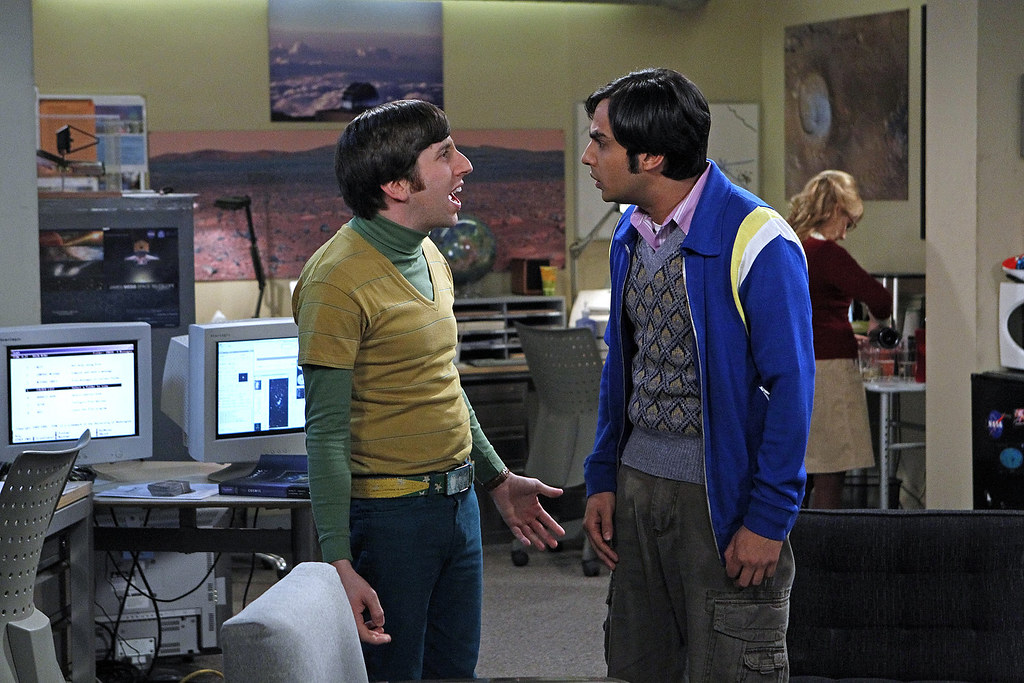
3. **They Couldn’t Make Drastic Changes To Their Appearance**Continuity is king in television, and on “The Big Bang Theory,” that meant actors often had to keep their real-life looks in check. Many of the male actors, for instance, naturally sported beards in their daily lives. However, their on-screen physicist personas, with the exception of Jim Parsons’ Sheldon, were typically clean-shaven, preserving that signature ‘nerdy’ vibe the producers sought.
This led to a practical rule: if an actor grew a beard between seasons, it had to be shaved off upon returning to set to maintain the established character appearance. There was one notable exception to this facial hair policy: for Season 3, Episode 1 (“The Electric Can Opener Fluctuation”), in which the guys return from a three-month expedition at the North Pole. For that specific storyline, they were actually asked to grow out their facial hair over the break, though fake beards ultimately ended up being used. It was a rare, script-driven deviation from the norm.
Beyond beards, drastic changes to hair were also generally frowned upon. The styles established in Season 1 quickly became synonymous with the characters. Audiences grew to know and love Howard’s Beatles-esque ‘do and Penny’s long, blonde locks, for example. So, when Kaley Cuoco, without consulting anyone, chopped her long hair into a pixie cut before shooting Season 8, it sent shockwaves through the production.
In “The Big Bang Theory: The Definitive, Inside Story of the Epic Hit Series,” Cuoco explained her impulsive decision: “Something needed to shake up. I was bored and sick of the hair.” However, Chuck Lorre was reportedly shocked and quite dismayed by her new hairstyle. For him, Penny’s long hair was an integral part of her character, and he worried about audience perception. He stated in the book: “The audience had become infatuated with the character, and not just the character’s behavior and flaws and strengths, but in how the character looked. They became iconic, and to disregard that audience attachment was a mistake. And I witnessed it first-hand. It would have been the same thing if Johnny [Galecki] had come to the wrap party and had shaved his head.” It was a clear indication of how deeply intertwined the actors’ appearances were with their beloved on-screen counterparts.
Read more about: Talk About Drama! The 10 Most Shocking TV Set Feuds That Rewrote Our Favorite Shows
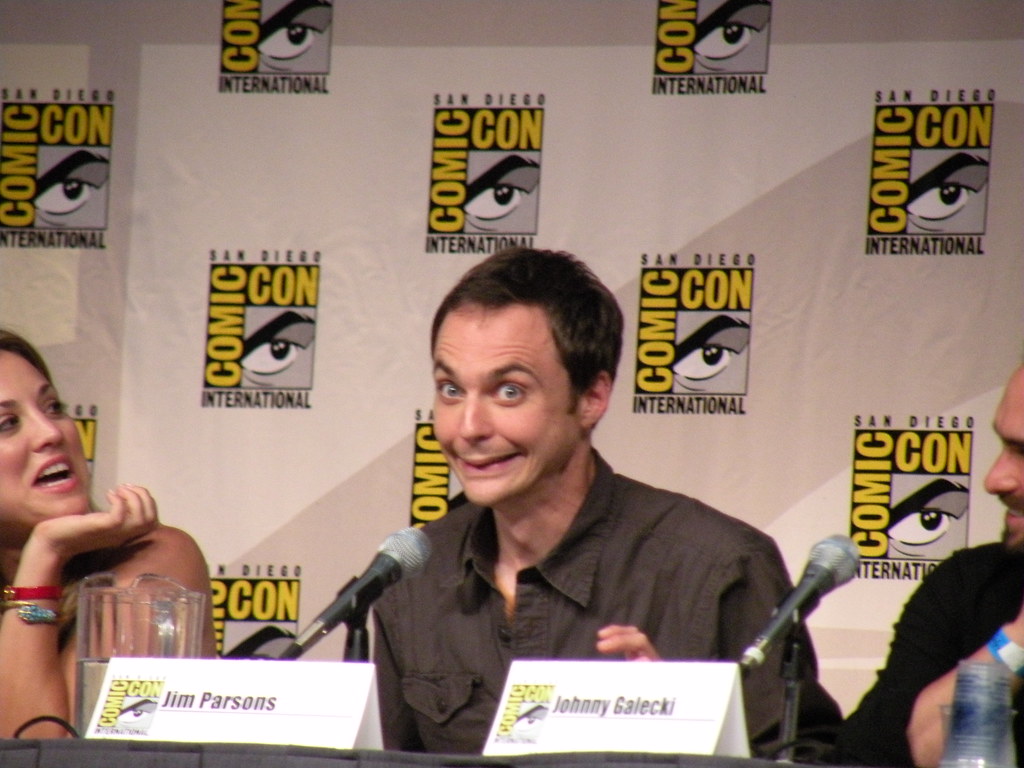
4. **Practical Jokes On Set Were Banned**Just as Chuck Lorre put his foot down on risky leisure activities for the cast’s physical safety and the show’s integrity, he also had to issue a strict ban on practical jokes on set. This rule came into being after a prank attempted by Johnny Galecki and Kaley Cuoco went horribly, shockingly wrong, proving that sometimes, even on a comedy set, things can take an unexpected and painful turn.
During the filming of a dinner scene for Season 6, Episode 16 (“The Tangible Affection Proof”), Galecki and Cuoco hatched a plan. It involved Galecki fake-punching Cuoco, who would then dramatically fall off her chair. They envisioned laughter and amusement from their castmates and crew, a lighthearted moment amidst the serious business of filming.
However, when Cuoco rose from the floor, she wasn’t met with the anticipated laughter. Instead, she was greeted by horrified looks from everyone around her. She recounted the incident in “The Big Bang Theory: The Definitive, Inside Story of the Epic Hit Series”: “I came up from the table saying, ‘How fun was that?,’ only to realize I had blood coming down my face as if I was in a boxing match.” In a terrible twist, Cuoco had accidentally hit her head on the chair, which was definitely not part of the plan, requiring a visit to a plastic surgeon for stitches.
The aftermath was swift and decisive. Cuoco remembered, “The next day on set, there were all these signs saying things like, ‘No more jokes! No more rough-housing!’ I mean, we thought it was so funny, but no one else did.” Director Mark Cendrowski even had to strategically film Cuoco from a specific angle for the rest of the episode to ensure her injury wasn’t visible on-camera. It was a painful lesson learned, cementing a ban on pranks to maintain a safe and productive working environment.
Read more about: Beyond the Blonde Braids: Unmasking Maureen McCormick’s Tumultuous Journey from Marcia Brady to Personal Redemption

5. **They Couldn’t Improvise Lines**While some sitcoms, like the famously free-wheeling “It’s Always Sunny in Philadelphia,” actively encourage their actors to ad-lib and experiment with dialogue, this was emphatically not the case for “The Big Bang Theory.” The scripts for the show were considered sacred texts, meticulously crafted and intended to be delivered exactly as written. This strict adherence to the script was a fundamental rule of the production.
Melissa Rauch, who played the wonderfully feisty Bernadette Rostenkowski-Wolowitz, shed light on this policy in an interview with HuffPost Live. She explained, “‘Big Bang’ is very tightly scripted. Because we shoot in front of a live audience, it’s basically like doing a filmed piece of theater, really.” This theatrical approach meant that every word, every beat, was precisely planned, leaving little to no room for spontaneous improvisation.
Rauch and her castmates rarely felt the urge to put their own spin on things, primarily because they held the scripts in such high regard. She beautifully described the writing: “I love it so much, but you don’t want to mess with what they write because it’s almost like this beautiful concerto that you don’t want to mess up one note of.” The dialogue was considered pitch-perfect, a finely tuned masterpiece that simply didn’t need any tinkering from the actors.
This tight scripting meant actors had to be masters of memorization. Jim Parsons, who grappled with Sheldon’s incredibly dense and scientifically loaded monologues, took this rule to heart. He confessed in “The Big Bang Theory: The Definitive, Inside Story of the Epic Hit Series” that he wrote down every single line on index cards, which he carried with him everywhere. “There wasn’t a set piece that didn’t have my scripts or note cards in it,” he shared, highlighting his commitment to delivering the intricate dialogue flawlessly.
While the rule was rigid, there were a few, very rare exceptions where dialogue was altered by writers during a taping. One such instance occurred during a scene between comedy legend Bob Newhart (who played Arthur Jeffries/Professor Proton) and Kaley Cuoco. When one of Newhart’s lines wasn’t quite landing with the studio audience, he shrewdly suggested Cuoco deliver it instead, a move that proved successful and added a touch of unexpected magic to the scene. And, as mentioned elsewhere, a few iconic, unplanned moments, like Amy’s dramatic reaction to her tiara or Stuart’s sad “I love you” to Penny, were so good they were kept in, but these were truly the exception, not the rule.
Read more about: You Won’t Believe These 12 Movie & TV Scenes Where Actors Couldn’t Keep a Straight Face!
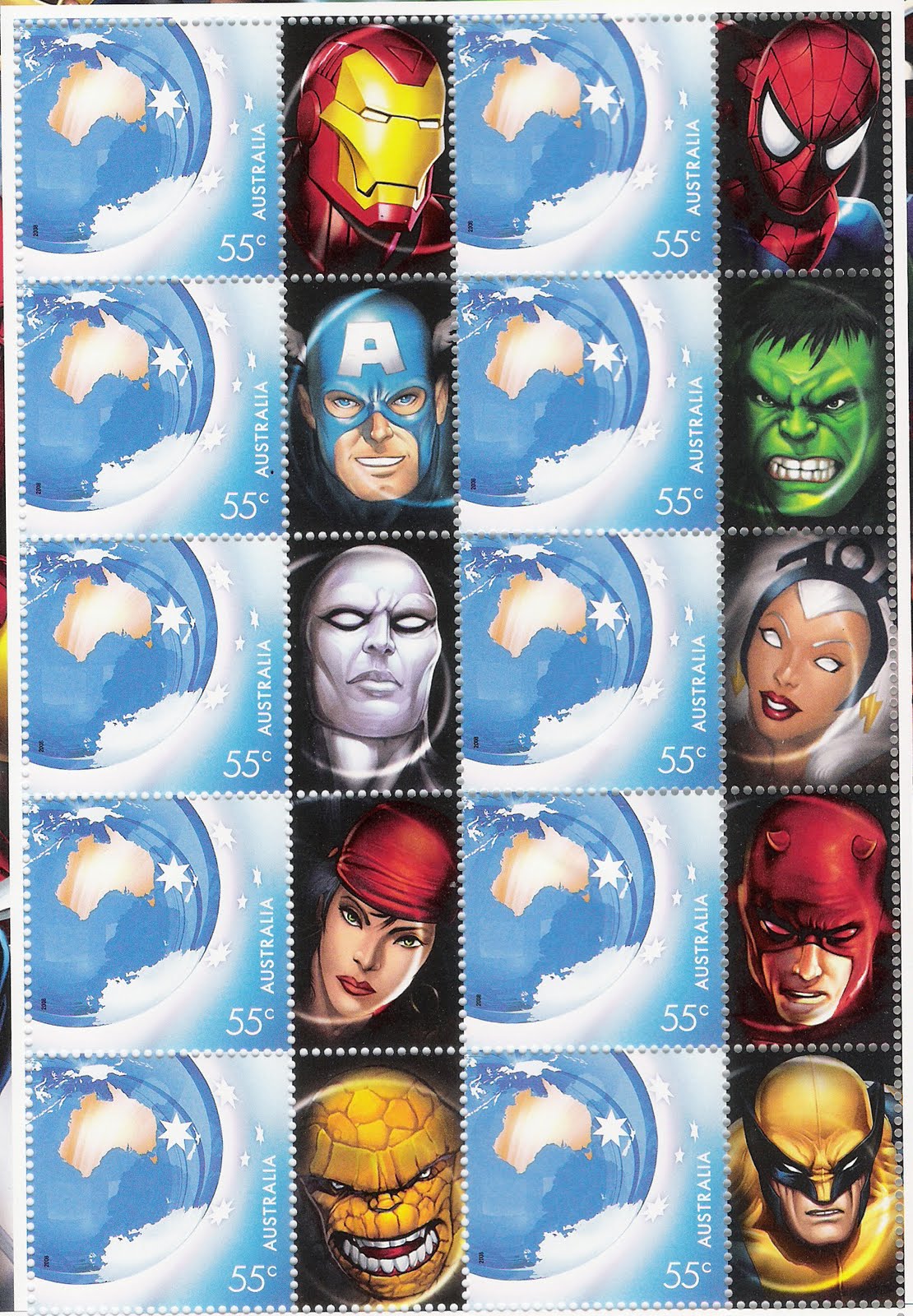
6. **They Couldn’t Dress As Marvel Superheroes**For the guys of “The Big Bang Theory,” Halloween parties and San Diego Comic-Con were always highly anticipated events. These occasions offered a prime opportunity to fully embody their favorite pop culture icons through elaborate, over-the-top costumes. And if you paid close attention, you would have noticed a very specific pattern: the bulk of these superhero portrayals were always from the DC universe.
From The Flash and Aquaman to the Green Lantern and Batman, their DC portrayals ran the gamut, proudly showcasing their allegiance. But it also left fans wondering, why did they never, ever dress as Marvel superheroes? It wasn’t an oversight or a lack of love for characters like Spider-Man or the Hulk, who Sheldon sometimes mentioned. It boiled down to a very clear, corporate rule.
The simple, yet powerful, reason behind this DC exclusivity is that both “The Big Bang Theory” and DC Comics are entities of Warner Bros. This meant that the studio already possessed all the necessary rights to DC imagery and characters. While no executives, showrunners, or cast members explicitly spoke on the topic during the show’s run, the implication was clear: securing licensing from Marvel characters would have been a timely, costly, and potentially complex endeavor, if it could even be achieved at all.
Due to its long and intricate history, obtaining licensing rights for Marvel properties is often a tricky business. This is why, for example, Walt Disney World in Florida is unable to build an Avengers Campus akin to its California counterpart; a prior agreement with Universal Studios Orlando, which features Marvel Super Hero Island, prevents it. This kind of real-world licensing complexity translated directly to the set of “The Big Bang Theory,” making Marvel costumes a no-go.
What’s great is that the writers cleverly used this strong DC presence to build out character backstories and humorous plotlines. In response to a fan question about Sheldon’s love for The Flash, writer Steve Molaro explained, “Sheldon likes The Flash because, when he was growing up, he was bullied and picked on a lot. And The Flash is a superhero who’s really good at running away.” This deep-seated brand loyalty from the characters’ perspective also provided an in-universe explanation for the lack of Marvel. Still, this didn’t entirely prevent Marvel from being mentioned in dialogue, with even the legendary Stan Lee making a memorable cameo appearance in Season 3, Episode 16 (“The Excelsior Acquisition”), proving that while they couldn’t dress as them, a little Marvel love could still slip through.
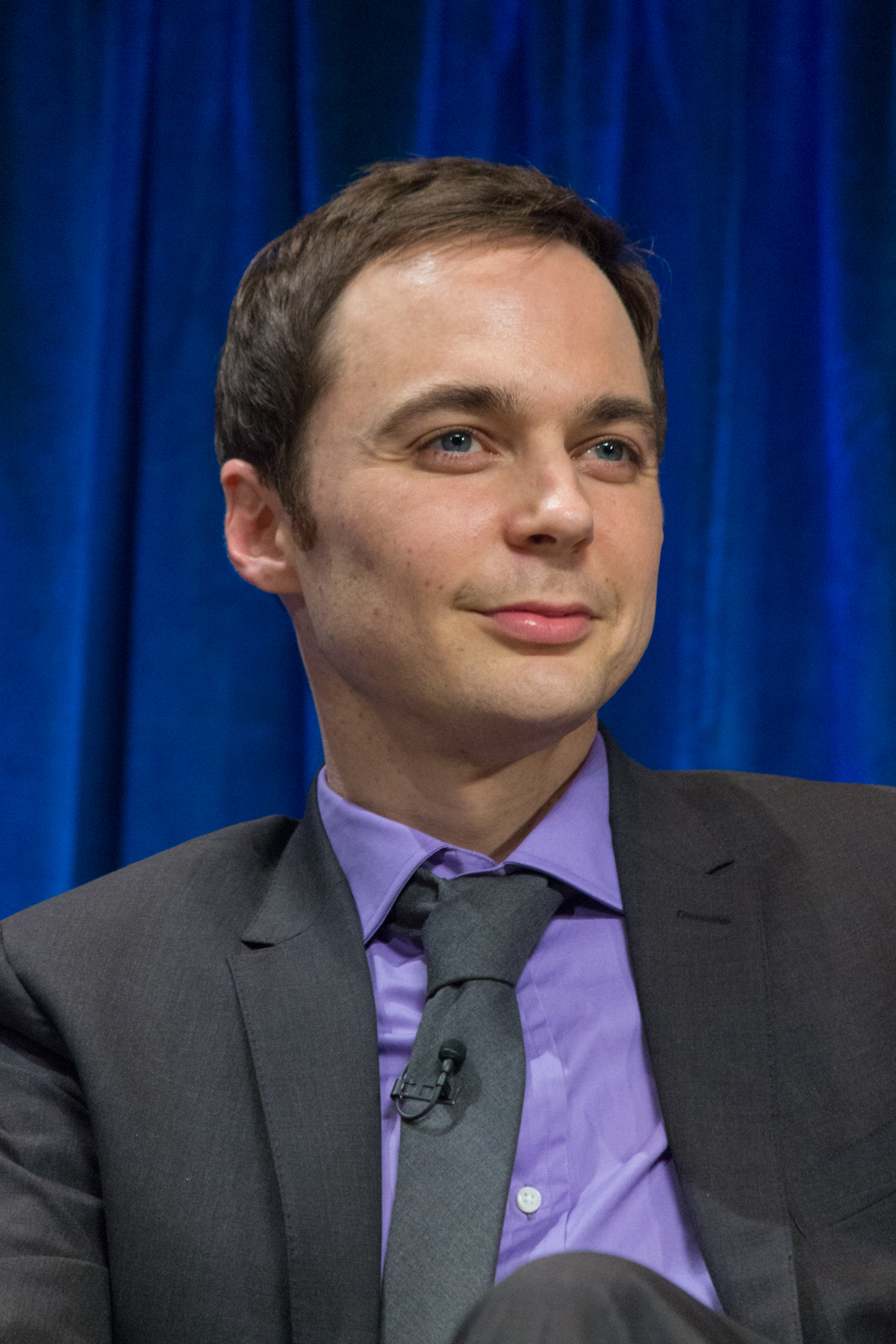
7. **The Cast (Especially Jim Parsons) Had To Learn Science Jargon**For a show centered around brilliant physicists and engineers, it’s no surprise that the conversations had by the characters of “The Big Bang Theory” often revolved around complex scientific concepts. From quantum mechanics to super asymmetry, the scripts were packed with terminology that would make most people’s heads spin. The biggest challenge? The actors themselves were largely clueless as to the actual meaning of these dense scientific words. Yet, it was an absolute rule that they had to deliver them with complete believability, making it sound like second nature.
This was an especially daunting task for Jim Parsons, whose character, Sheldon Cooper, had the largest and most frequent amount of jargon-packed monologues. Sheldon wasn’t just talking about science; he was living and breathing it, and Parsons had to convey that intellectual authenticity without necessarily understanding every single proton or quark he was uttering. It was a massive undertaking for any actor.
An admittedly anxious person, Parsons recalled in Jessica Radloff’s “The Big Bang Theory: The Definitive, Inside Story of the Epic Hit Series” that he made a significant personal sacrifice to ensure his performance was perfect. He gave up drinking for the first nine years of filming the show, dedicating his full focus to mastering his intricate lines. “It’s not that anything got out of hand, but I knew that there was work ahead, and I wanted to be ready for it,” Parsons explained, highlighting the immense pressure he felt to nail every scientific utterance.
Kaley Cuoco, witnessing Parsons’ dedication firsthand, added her perspective on his commitment. She stated, “I can’t imagine the stress I’m sure the show put on him, because there was so much riding on his shoulders and so much to memorize. It was such a specific character that I can kind of see why he needed to put drinking aside. The show was 12 years of intense focus for him. That’s a lot to take on.” Her words underscore the sheer mental and emotional effort Parsons poured into making Sheldon’s scientific brilliance convincing.
Later in the series, much to Parsons’ relief, when Sheldon began dating Amy Farrah Fowler (Mayim Bialik), the nature of his dialogue shifted. He found himself with less scientific jargon to memorize and more relationship-focused lines. He happily noted: “I had relationship stuff to talk about, and while Sheldon might do it awkwardly, it wasn’t always a science hoop to jump through verbally.” It was a welcome change of pace, offering a much-needed reprieve from the relentless intellectual demands that had defined his character for so long.

8. **They Were Tasked With Staying Humble**While “The Big Bang Theory” transformed its stars into household names, the journey to superstardom wasn’t always a smooth flight, especially for those who weren’t already established in Hollywood. For many of the original core cast members, apart from Johnny Galecki, who was known from “Roseanne,” and Kaley Cuoco, from “8 Simple Rules,” they were relatively unknown faces before the sitcom became a global phenomenon. This sudden surge in fame, particularly after their first San Diego Comic-Con appearance where fans swarmed to see them, was a truly mind-blowing experience that, understandably, briefly went to the head of Kunal Nayyar, who played the lovable Raj Koothrappali.
Recognizing the delicate balance between success and humility, co-creators Chuck Lorre and Bill Prady made it their personal mission to ensure that every member of the cast remained grounded. They called Nayyar into their office for what proved to be a crucial conversation, a moment designed to gently steer him back to the core values of their ensemble. In “The Big Bang Theory: The Definitive, Inside Story of the Epic Hit Series,” Lorre recounted the essence of that meeting, stating, “The point of the meeting was to say, ‘Breathe, slow down, don’t make any big decisions right now.’ And to remind him that the ensemble was everything.”
Lorre further underscored the importance of collective effort over individual ambition, likening their collaboration to a musical group. “I said, ‘Listen, God willing, this is a long journey, and the journey is one that should be made as an ensemble, not as here’s my solo career. Don’t leave the band and go off on your solo career so quickly!'” This powerful message resonated deeply, emphasizing that their collective strength was the bedrock of the show’s success. Beyond executive intervention, the cast also found ways to keep each other grounded, often escaping the Hollywood hustle with regular getaways to places like San Ysidro Ranch in Montecito, where they could simply enjoy each other’s company away from the spotlight, further cementing their bond through shared experiences like spirited games of ping pong on set during breaks.
Read more about: 15 Classic Cars You Might Want To Skip: An Expert Guide for Discerning Collectors
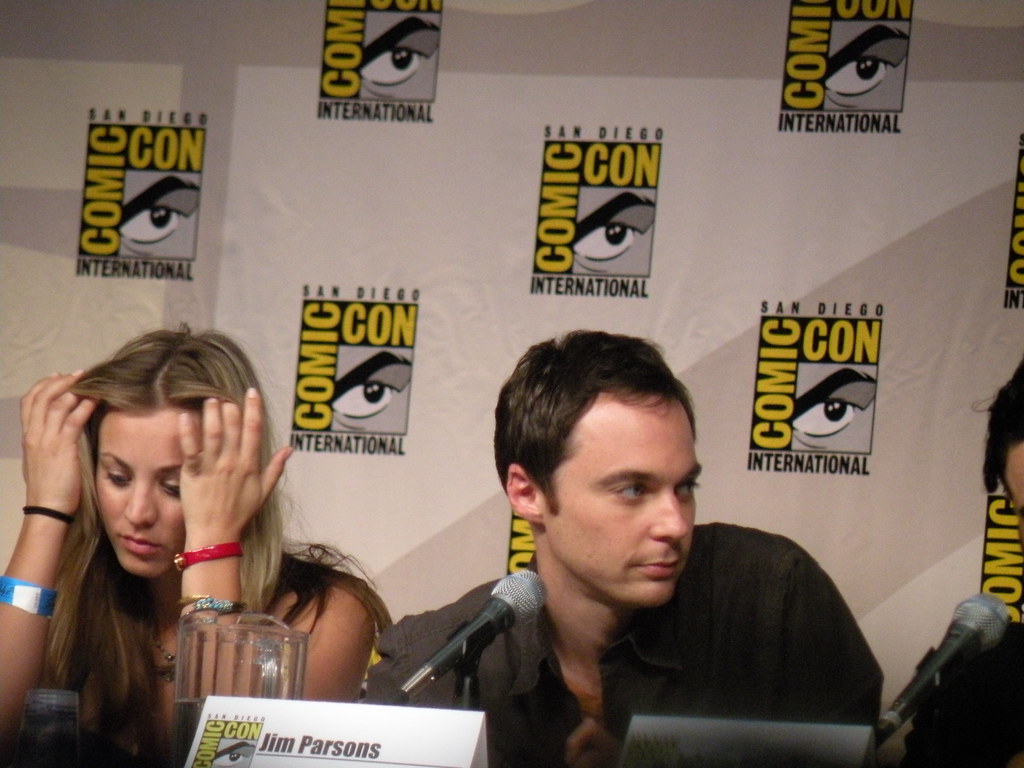
9. **They Had To Promote The Show**Being a prominent actor on a wildly popular television show like “The Big Bang Theory” comes with a significant unspoken contract: the duty to promote your project tirelessly. The cast members were constantly required to engage in a whirlwind of promotional activities, which included appearing on talk shows, participating in press junkets, attending fan conventions, and countless other media engagements. It was an essential, albeit sometimes demanding, part of their job description, ensuring the show remained in the public eye and continued to attract new viewers.
Interestingly, these press tours weren’t always a chore. In fact, many of the cast members shared genuinely fond memories of their international promotional trips, which often felt more like exciting adventures than arduous work. Johnny Galecki, Simon Helberg, and Kunal Nayyar, for instance, spoke particularly warmly about their promotional journey to Brazil. Nayyar, in “The Big Bang Theory: The Definitive, Inside Story of the Epic Hit Series,” recalled an almost surreal experience there, where hundreds of fans discovered their hotel and gathered below. “We went out on our balcony and waved at everyone and said a few words. It was like being the Queen of England,” he said, expressing his amazement and finding it “very heartwarming” to witness such an outpouring of affection.
However, the constant demand for public appearances wasn’t always a walk in the park. While basking in the love from fans was gratifying, performing as themselves, rather than behind the protective shield of their characters, could be incredibly nerve-wracking for some. Johnny Galecki confessed in the same book that he often felt immense anxiety before live interviews. “I wouldn’t sleep for two weeks before I had to do ‘Letterman,'” he admitted, highlighting the personal toll of these obligations. Despite the stress, he always appreciated the experience afterward, especially with heroes like Letterman, but the anticipation was a significant challenge for him.
Read more about: Beyond the Bell-Bottoms: 12 Iconic ’70s Actresses Who Totally Changed Hollywood Forever

10. **They Had To Perform In Front Of A Live Studio Audience**One of the unique aspects of “The Big Bang Theory” that contributed to its classic sitcom feel was its decision to film many scenes in front of a live studio audience. While many contemporary TV sitcoms have moved away from this format, opting for canned laughter, “The Big Bang Theory” embraced the energy of a real crowd. On one hand, this live presence was incredibly beneficial; the instant feedback from the audience provided immediate insights into whether jokes were landing or if certain moments needed adjustment. It was like a real-time focus group, helping the creative team fine-tune their comedic timing.
However, the presence of a live audience also introduced an additional layer of stress, especially when it came to filming particularly iconic or physically demanding scenes. Imagine having to perform a somewhat awkward or intimate moment not just for the cameras, but for hundreds of watchful eyes in the studio. Mayim Bialik experienced this firsthand during a memorable scene where Sheldon smacks Amy’s behind as a comedic form of punishment for pretending to be sick. Originally, the script had this interaction taking place off-camera, which Bialik found quite relieving.
“I was very relieved because doing that in front of people is so awkward,” Bialik stated in “The Big Bang Theory: The Definitive, Inside Story of the Epic Hit Series,” also noting that her parents might have even been in the audience at the time, adding to the potential discomfort. Yet, at the very last minute, the decision was made to bring the entire scene on-camera, in front of the live audience. Jim Parsons later discussed this challenge with The Paley Center for Media, calling it “one of the hardest things I’ve ever had to do because I found it tremendously amusing” but also somewhat annoying due to the lack of practice time for his facial expressions. Director Mark Cendrowski remembered the moment fondly, stating, “Jim and Mayim could not believe they were doing this, but they were so funny together. And the audience went nuts,” illustrating how these high-pressure moments often resulted in unforgettable television.
Read more about: Seriously, The ’80s Had So Many More Iconic Movies Than You Remember – Here Are 15 Forgotten Gems That Deserve A Rewatch!

11. **They Didn’t Discuss Their Real Love Lives**The on-screen chemistry between Kaley Cuoco and Johnny Galecki as Penny and Leonard was undeniable, evolving from quirky neighbors to a beloved married couple. What many viewers didn’t realize for a long time was that their on-screen romance mirrored a real-life relationship behind the scenes. When Cuoco and Galecki began dating in 2008, they made a conscious, self-imposed rule: to keep their relationship private from the public, at least for a while. This was a strategic decision driven by a desire to protect the audience’s investment in their fictional counterparts.
Their primary concern, as they explained in “The Big Bang Theory: The Definitive, Inside Story of the Epic Hit Series,” was that they didn’t want to “ruin viewers’ image of Leonard and Penny,” especially since their characters weren’t an official item at that point in the show. In an era before the hyper-speed dissemination of news on social media became today’s norm, they were largely successful in flying under the radar, managing to maintain a veil of secrecy around their romance for a significant period. This allowed fans to fully immerse themselves in the developing fictional love story without real-life distractions.
However, this strict self-imposed rule, which Galecki admittedly followed more rigorously than Cuoco, eventually began to take a toll on their relationship. Galecki reflected on this, saying, “I think one of the things that created a chasm between us was my strict policies of privacy, and Kaley being very, very open about her life.” He acknowledged that his discomfort with publicizing their relationship likely hurt Cuoco’s feelings, though he emphasized it wasn’t due to embarrassment of her or their romance. Rather, he explained, “I wanted to be protective of the audience’s acceptance of Penny and Leonard, without distraction from the tabloids.” They ultimately ended their relationship after two years but maintained a profound mutual respect and friendship, enduring throughout the rest of “The Big Bang Theory’s” run and beyond, with Galecki even attending Cuoco’s wedding in 2018.
Read more about: Seriously, The ’80s Had So Many More Iconic Movies Than You Remember – Here Are 15 Forgotten Gems That Deserve A Rewatch!
12. **The Food Was Real… But No One Could Eat It**Picture this: nearly every episode of “The Big Bang Theory” features the gang gathered around a table, often piled high with pizza, various Chinese takeout containers, or an array of Thai dishes. You’d naturally assume that filming these abundant eating scenes would be a delightful perk of the job, a chance to enjoy a meal with your friends, right? Well, prepare for a sitcom-style twist because the truth was far less appetizing for the cast. Despite the realistic appearance of all that delicious-looking food, it was actually a strict unspoken rule that none of it was to be genuinely consumed during filming.
The reasons behind this rather frustrating culinary prohibition were entirely practical and rooted in the demands of television production. Firstly, the risk of ruining a perfect take by someone actually chewing or swallowing, leading to awkward pauses or mismatched dialogue, was simply too high. Comedy relies heavily on precise timing, and eating could easily throw off that rhythm. Secondly, and perhaps even more critically, was the issue of continuity. Maintaining the exact amount of food in a container or on a plate, or the state of a half-eaten slice of pizza, across multiple takes and camera angles would have been an absolute nightmare for the continuity supervisor.
So, instead of enjoying the scrumptious spread, the cast became masters of a very specific form of theatrical dining. They got incredibly skilled at the art of “poking their meals with a fork and pretending they were mid-conversation over dinner.” This meant a lot of artful gesturing, selective nibbling that never quite reached their mouths, and impeccable timing to avoid actually ingesting anything. The food was indeed real, placed there for realism’s sake, to enhance the visual authenticity of the scenes, but for the hungry actors, it remained tantalizingly out of reach, serving as a constant, delicious prop rather than a meal.
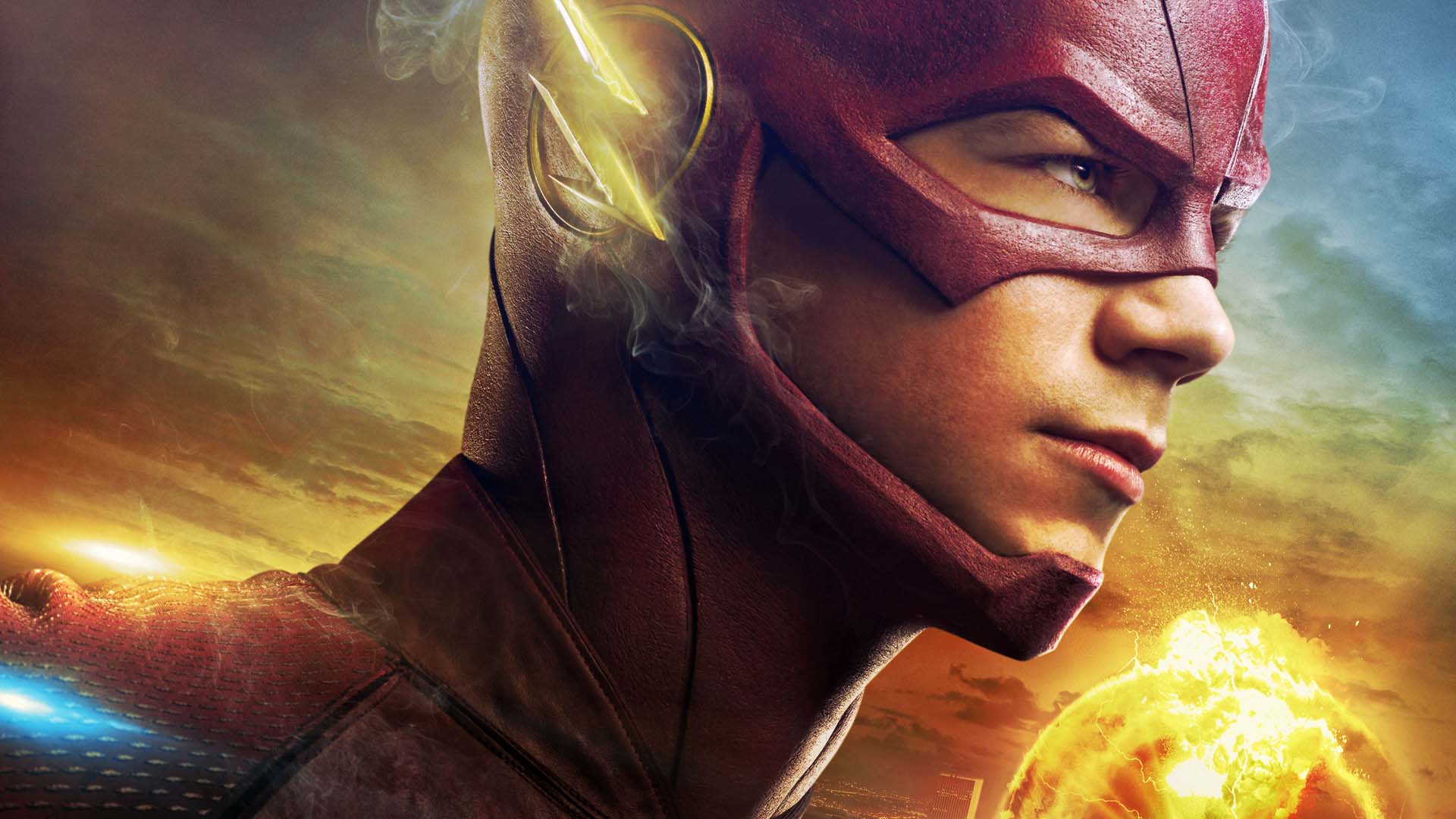
13. **Flash Mob Or You’re Out (Mandated Dance-Offs)**You might think that on the set of a highly successful sitcom focused on brilliant but socially awkward scientists, impromptu dance-offs would be the last thing on anyone’s mind. Yet, “The Big Bang Theory” set was known for one of the most unexpected and incredibly fun backstage traditions: cast-wide flash dances. It all kicked off with a delightful surprise orchestrated by Kaley Cuoco, who, along with some crew members, surprised the entire production team and audience with a fully choreographed routine set to the infectious pop hit “Call Me Maybe.” The energy was electric, and the crowd, naturally, went wild.
This spontaneous burst of joy wasn’t just a one-off event; it quickly caught on and evolved into a beloved pre-taping ritual. What started as a whimsical surprise soon became a “practically a requirement” for everyone involved. Whether it was grooving to the catchy beats of “Uptown Funk” or channeling their inner Beyoncé with “Run the World (Girls),” the cast and crew would dedicate time to secretly learn intricate dance routines. These performances were then unleashed upon the unsuspecting live studio audience before tapings began, serving as a fantastic way to energize the room and build a sense of camaraderie.
While these elaborate dance-offs were “totally unnecessary” in terms of the show’s narrative or production requirements, they rapidly cemented themselves as “one of the most beloved backstage traditions.” They provided a unique outlet for the cast and crew to unwind, bond, and share a lighthearted moment before diving into the intense work of filming. It was a testament to the fun and family-like atmosphere that thrived behind the scenes, showcasing a vibrant, playful side of the “Big Bang Theory” team that audiences rarely got to see.

14. **Mayim Bialik Had To Double As Science Police**For a show brimming with complex scientific theories, equations, and jargon, “The Big Bang Theory” benefited immensely from having genuine intellectual horsepower amongst its cast. While Jim Parsons masterfully portrayed theoretical physicist Sheldon Cooper, he was, by his own admission, an actor playing a genius. However, in a brilliant stroke of casting, Mayim Bialik, who joined the cast as Amy Farrah Fowler, brought an authentic scientific background to the set: a real-life PhD in neuroscience. This academic prowess wasn’t just a fun fact; it implicitly, and sometimes explicitly, made her the show’s unofficial “science police.”
Bialik’s unique qualifications meant she naturally became an invaluable resource, often stepping in to help ensure the scientific accuracy that was a hallmark of the show. Her role extended to verifying that the myriad of equations and diagrams scrawled on the whiteboards in the background weren’t just random gibberish but actually made logical scientific sense. This commitment to detail was crucial for maintaining the credibility of the characters’ intellectual world, even if only a tiny fraction of the viewing audience possessed the expertise to fully appreciate it.
So, while Sheldon might have just been “pretending to be a genius” with his rapid-fire delivery of quantum mechanics, Mayim Bialik was the real deal, lending an unparalleled layer of authenticity to the show’s scientific backdrop. Thanks to her presence and expertise, those blackboard full of quantum theory in the background actually made sense, adding an often-unseen but deeply appreciated layer of realism. It was a quiet but profound rule that ensured the intelligent integrity of “The Big Bang Theory,” even if “only 0.1 per cent of viewers could tell.”
Looking back at these fascinating rules, both the well-known and the surprisingly subtle, it’s clear that the world of “The Big Bang Theory” was far more structured than the spontaneous chaos Sheldon often navigated. From protecting their physical well-being and maintaining iconic looks to fostering humility and ensuring scientific authenticity, every directive contributed to the show’s remarkable success and the enduring legacy of its beloved characters. These rules weren’t just arbitrary restrictions; they were the unseen foundations that allowed the cast to truly inhabit their roles, creating a television phenomenon that continues to resonate with fans worldwide. It’s a testament to the dedication, professionalism, and incredible teamwork that blossomed behind the scenes, proving that even in a universe of theoretical physics, sometimes the most important equations are the ones that govern human connection and creative collaboration.


